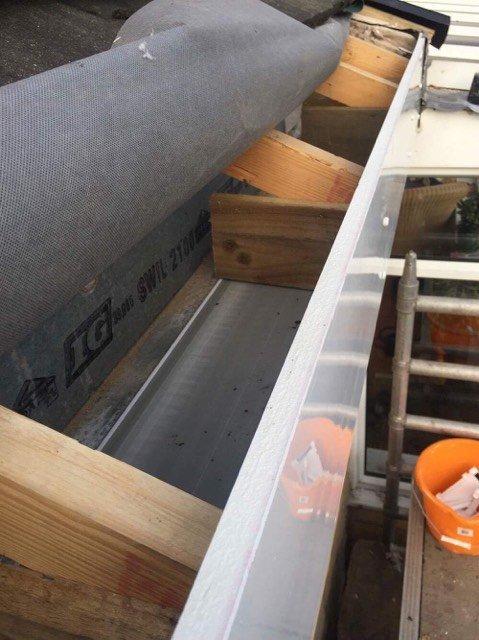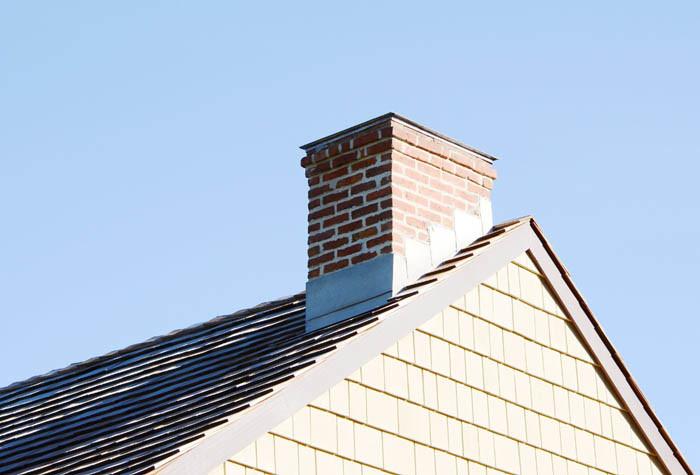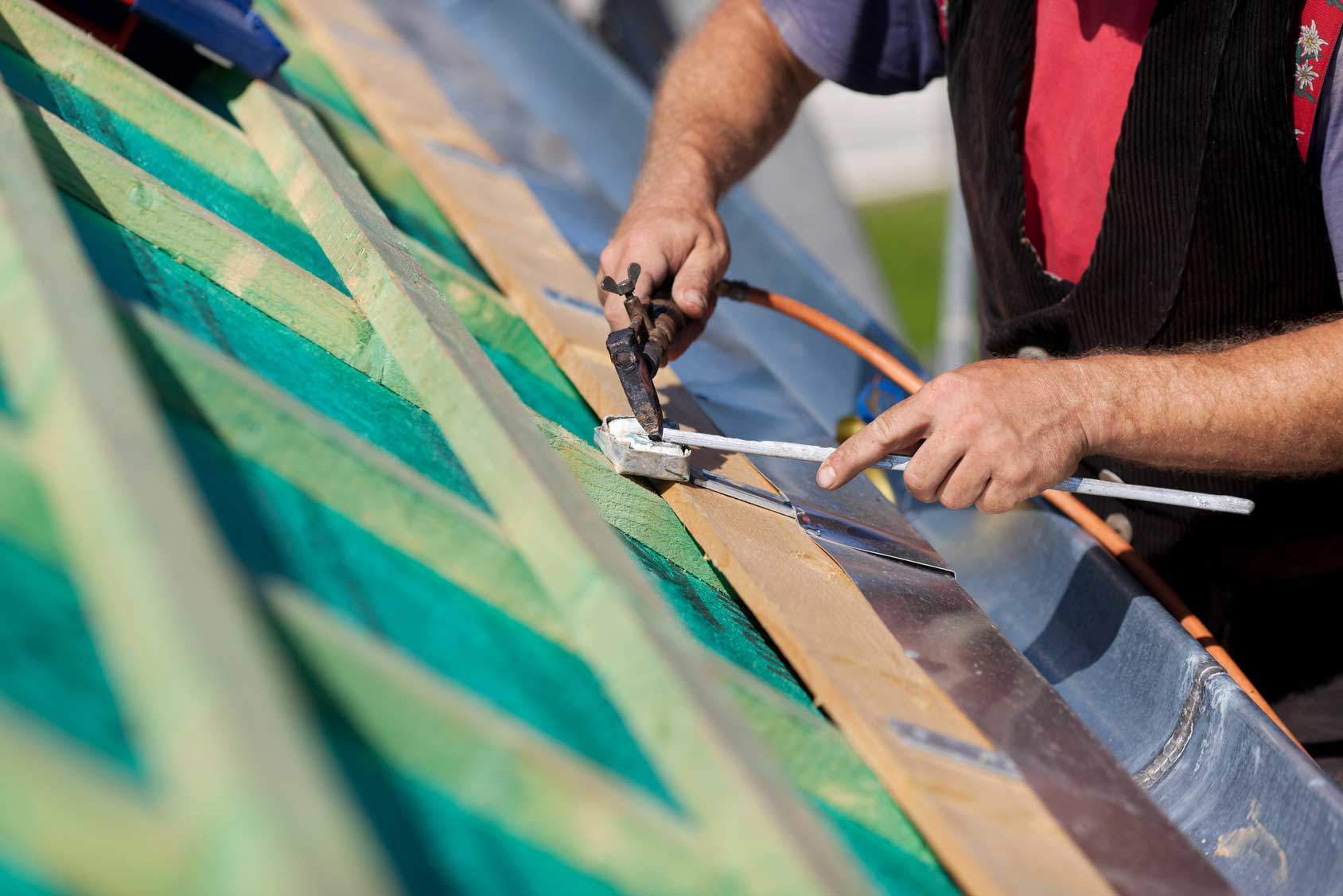UPVC fascia and soffit boards are known to be alternative or replacement for the roof line. They have been manufactured and designed to last for longer. In some cases, it has been designed to last for the lifetime. In a very short span of time, they have become a norm in roof edge innovation and…
More... "Why Existing Fascia And Soffits Must Be Replaced Fully?"Chimney Maintenance For A Safer Home
Chimneys, some people have them while others don’t. Chimneys are what many consider a low-tech piece of equipment, but the chimney turns your home into a more relaxed environment. These structures also add a lot of value to a home especially if you’re in the process of selling. Unfortunately, chimneys are major culprits when it comes to house fires. Cleaning…
More... "Chimney Maintenance For A Safer Home"Lead Flashing & How Flashing Benefits Your Home
Many people seem to think of a house as just being four walls and a roof. A properly constructed house has a fair amount of intricate details that the naked eye might not catch. There are sound reasons for having slanted roofs and vertical walls. Flashing just so happens to be one of those intricate…
More... "Lead Flashing & How Flashing Benefits Your Home"

